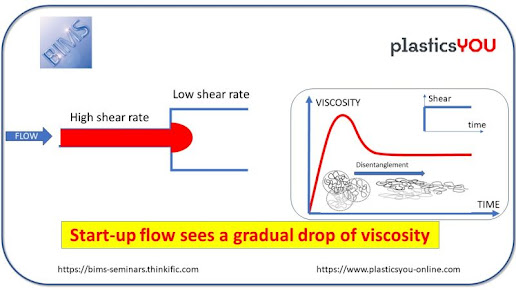Putnam Plastics Introduces Taper-Tie™ Variable Flexibility Tubing for Medical Catheter Shafts
Putnam Plastics Corporation, a leader in advanced extrusion for minimally invasive medical devices, introduces Taper-Tie™ variable flexibility tubing for catheter shafts that require maximum flexibility on one end for forward navigation and rigidity on the other end for directional control by physicians. Taper-Tie is a proprietary continuous extrusion technology designed to replace traditional manual assembly of segmented shafts and eliminate associated labor costs.
Diagnostic and interventional catheter devices can be over 100 cm (39 in.) in length to reach vascular sites deep within the body. The forward, or distal, end of the catheter must be soft and flexible to navigate complex vascular pathways while minimizing trauma. The end held by the physician, or proximal end, must be more rigid to allow the physician to advance and steer the catheter shaft. Variable stiffness properties can be achieved by changing materials, wall thicknesses or shaft diameters along the length of the shaft. Traditionally, medical device manufacturers have accomplished this by manually assembling and bonding segments along the length. However, this approach is labor intensive increasing costs and quality considerations.
Putnam's Taper-Tie proprietary technology is a continuous manufacturing method that produces a catheter shaft with variable properties along the length, and eliminates the need for manual assembly of discrete segments. Putnam's proprietary extrusion process can quickly change from rigid to soft grades for a designated polymer along the shaft length, while simultaneously reducing wall thickness of the shaft. The result is a highly flexible distal end and more rigid proximal end in a single extruded tube.
"Taper-Tie technology is a continuous, lean manufacturing process," said Larry Alpert, Putnam's Engineering Services Manager. "Variable flexibility of the catheter shaft is optimized with less manufacturing steps resulting in lower overall production costs."
Source: Putnam Plastics



Comments
Post a Comment